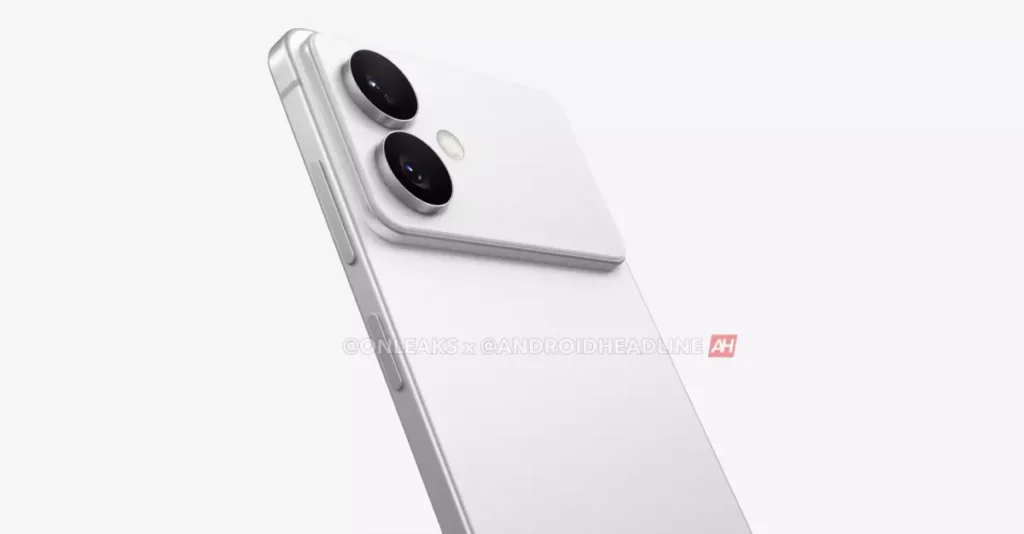The leaked visuals of the Samsung Galaxy S26 Edge reveal more than just a sleek design; they expose the troubling trend of superficial innovation in the smartphone industry. Samsung’s recent moves suggest a focus on cosmetic changes rather than meaningful technological breakthroughs. The resemblance to Apple’s iPhone 17 Pro is especially telling—it signals a pattern of emulation rather than genuine innovation. While consumers are often dazzled by slim bezels and camera arrangements, these features, in isolation, do little to address the core frustrations users face: durability, battery life, and the need for true technological advancement. It’s as if these companies are chasing aesthetic similarity to stay competitive, instead of fostering novel solutions that could redefine how we interact with our devices.
Copycat Design or Strategic Positioning?
The similarity in design between the S26 Edge and Apple’s latest offerings raises questions about Samsung’s strategic intent. Are they merely playing catch-up in a crowded market, or is there a deeper inertia at play? The industry’s fixation on thinness—down to 5.5mm—might look impressive, but it often muddies the waters about practical usability. Thinner phones tend to compromise on battery capacity, durability, and ergonomic comfort. Samsung’s decision to mimic the iPhone’s camera island design signals an alarming disregard for innovation rooted in user needs. It’s easy to debut a visually appealing device, but what about its longevity, security, and adaptability? These are vital aspects that neither looks nor market positioning alone can compensate for.
The Illusion of Progress and the Power of Consumer Choice
It’s evident that Samsung recognizes the importance of appearing as a pioneer—yet, the resurgence of design elements borrowed from Apple suggests a dependence on established aesthetic standards rather than pioneering new ideas. As consumers, we must become more discerning. The ongoing trend of incremental upgrades, rather than transformative leaps, benefits industry giants more than their audiences. The proliferation of devices with similar camera modules and form factors fosters stagnation, diminishing the very concept of technological progress. Instead of blindly accepting a forced sense of ‘advancement,’ consumers should push for innovation that prioritizes meaningful features—such as adaptive AI, better durability, or sustainable materials—over superficial design tweaks.
A Center-Right Perspective on Industry Innovation
From a center-right liberal standpoint, there’s an inherent frustration with corporate complacency masked as innovation. Free markets thrive when companies compete on genuine technological advancements, not on fashion trends or copying existing designs. While protecting intellectual property rights is essential, fostering a competitive environment that rewards real invention is even more critical. Samsung’s apparent reliance on emulating Apple underscores a systemic issue—one that stifles true progress and potentially damages consumer trust. Without accountability and a push for authentic innovation, industry giants risk turning smartphones into commodities, where form outweighs function, and consumers pay the price for corporate inertia. True progress lies not in matching competitors but in daring to create phones that genuinely enhance our lives rather than merely impress us superficially.









Leave a Reply